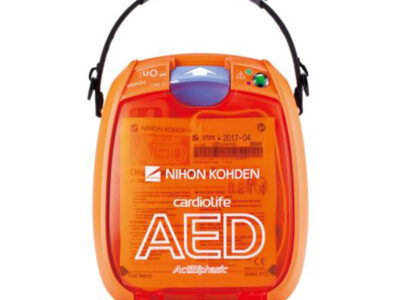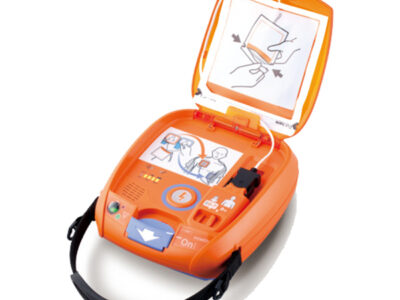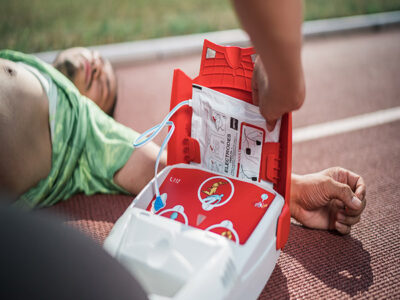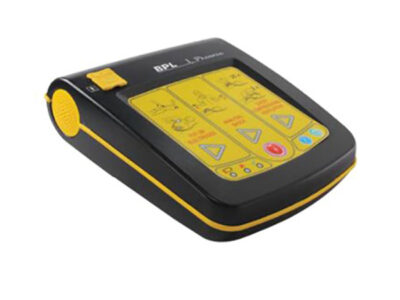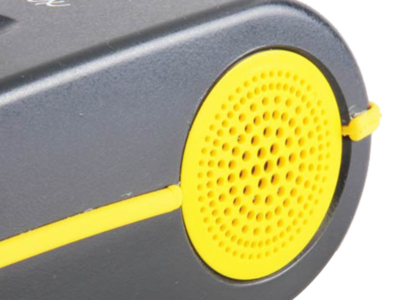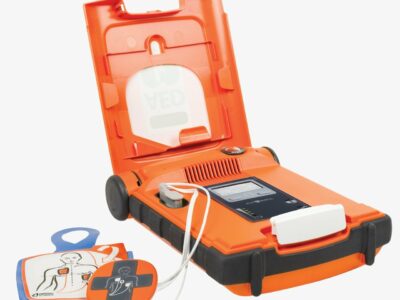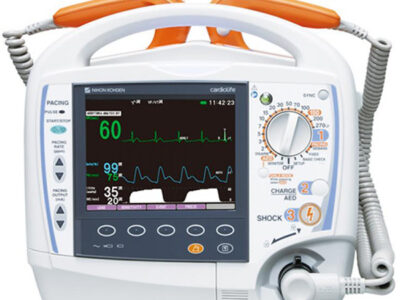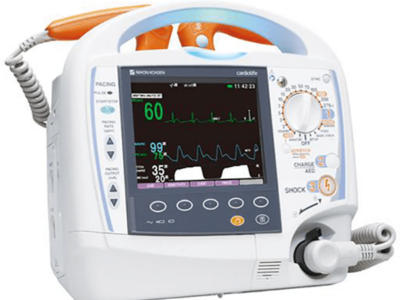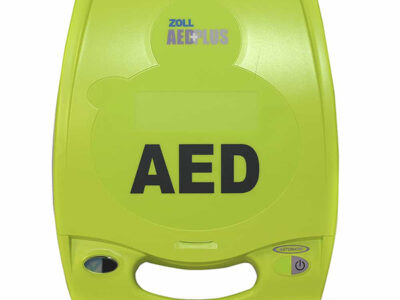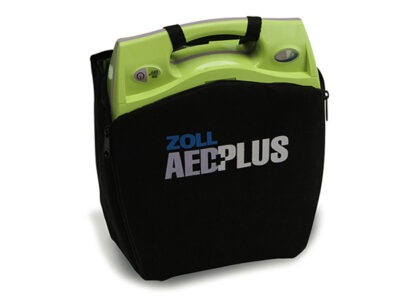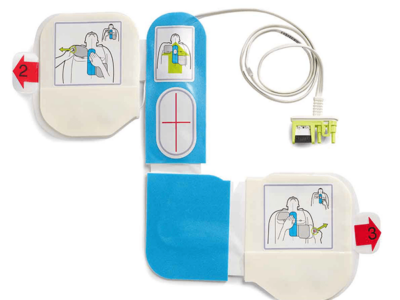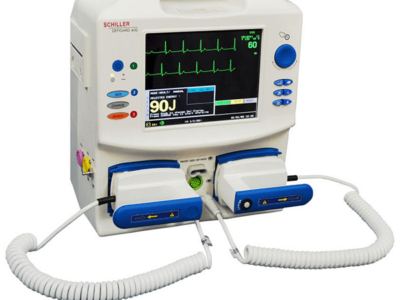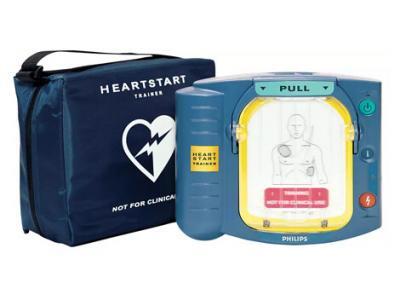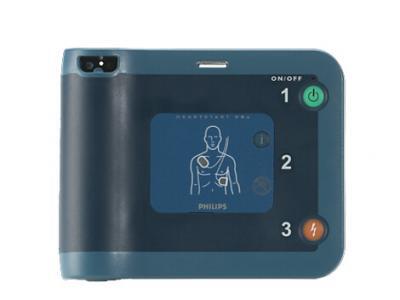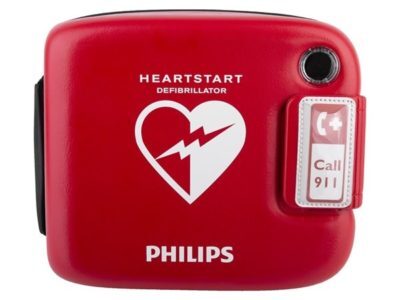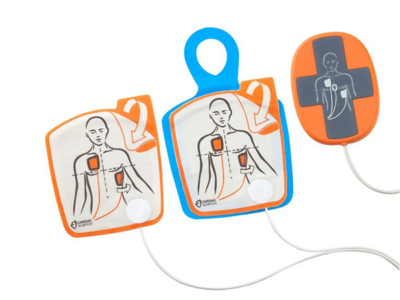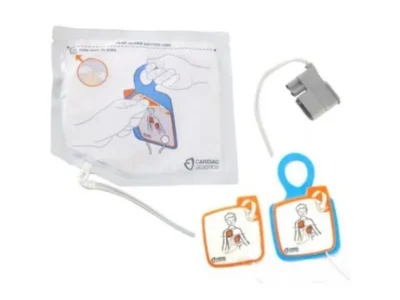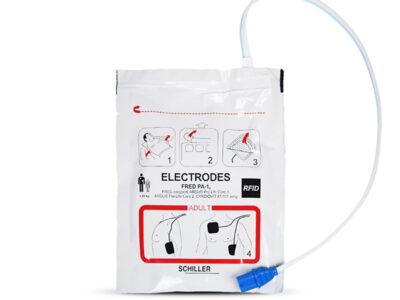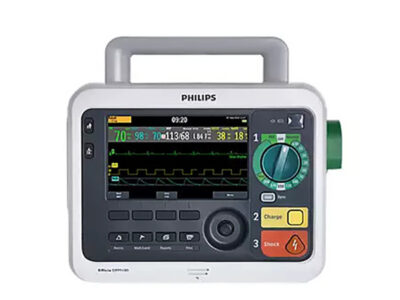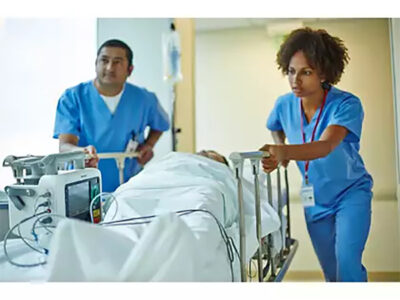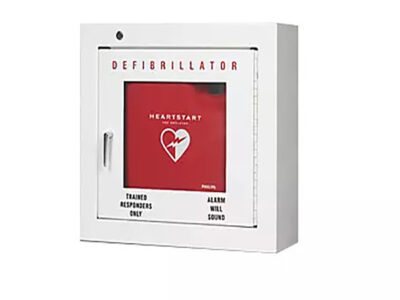AEDs Full Price List – Buy in India
AEDs stands for Automated External Defibrillators. AEDs are portable electronic devices that are used to diagnose and treat sudden cardiac arrest (SCA). Sudden cardiac arrest occurs when the heart suddenly and unexpectedly stops beating, which can result in death if not treated quickly.
AEDs are designed to be used by non-medical personnel, such as first responders, police officers, or members of the public who may be present at the scene of a cardiac arrest. The device works by analyzing the heart rhythm and delivering an electrical shock to the heart if necessary to restore a normal heart rhythm.
AEDs typically include voice prompts and visual instructions to guide the user through the steps of the process, which includes attaching the electrode pads to the patient’s chest and initiating the analysis and shock delivery if needed. AEDs can be found in many public places, including airports, shopping malls, and other public areas, and their use can significantly increase the chances of survival for someone experiencing sudden cardiac arrest.
What is an AEDs and how does it function?
An AED, or Automated External Defibrillator, is a portable electronic device that is used to diagnose and treat sudden cardiac arrest (SCA). Sudden cardiac arrest occurs when the heart suddenly and unexpectedly stops beating, which can result in death if not treated quickly.
The AED is equipped with adhesive electrode pads, which are placed on the chest of the patient. The device then analyzes the patient’s heart rhythm and provides voice and visual prompts to guide the user through the process of delivering a shock if necessary. If the device detects a shockable rhythm, it will prompt the user to clear the patient and press a button to deliver the shock. The shock is designed to depolarize the heart muscle and allow the heart to restart a normal rhythm.
AEDs are easy to use and can be found in many public places, including airports, shopping malls, and other public areas, and their use can significantly increase the chances of survival for someone experiencing sudden cardiac arrest. With proper training and prompt use, AEDs can be a lifesaving device.

